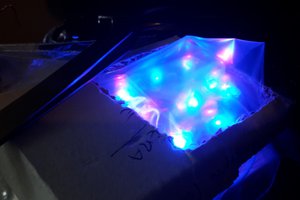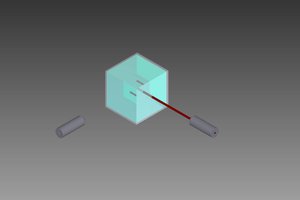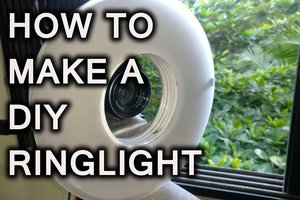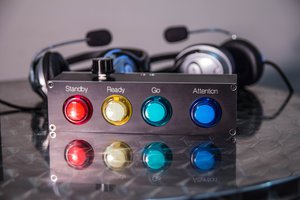The image is created through careful lighting control and fine tuning. The basic idea is that parallel light passing through a lens will converge to an exact point. When a gas of differing density is introduced the gas acts as a lens which bends a parallel beam and any light that is bent will miss the point the of convergence and can be blocked, causing dark spots. This is used to visualized density cahnges.
 JLAM
JLAM

 James Cannan
James Cannan
 maildodanillo
maildodanillo
 jugaad.it.yourself
jugaad.it.yourself
 ian
ian